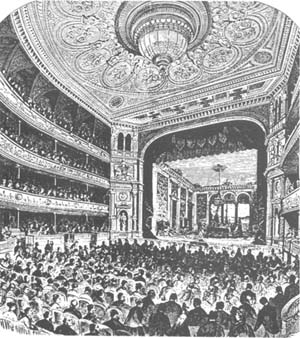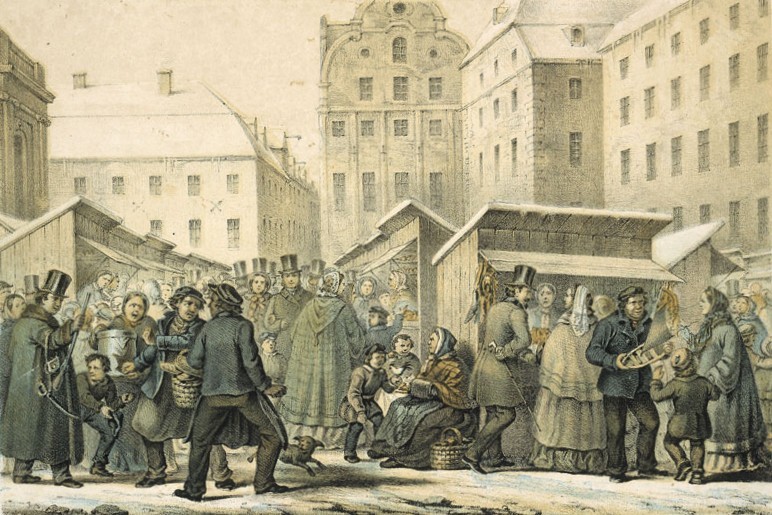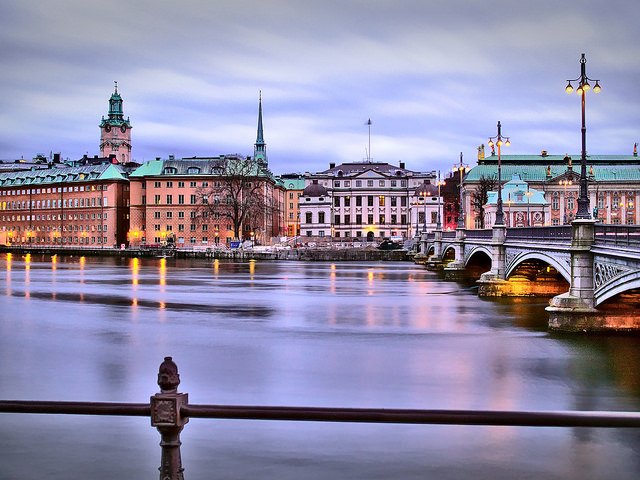Want to know why you won’t find any red-light districts in Sweden?
Sweden has an international reputation for its egalitarian society where equality and being ‘normal’ have long been prized. Sitting uncomfortably within this national identity, prostitution is illegal in Sweden.
In this guide, we give you some background of Sweden’s sex industry and how this has shaped modern attitudes towards prostitution in Stockholm.
In common with many Northern-European countries throughout the 18th to 20th century, historical prostitution in Sweden has always been illegal but has been tolerated. Reflecting inequalities in society, high-end ‘courtesans’ and brothels servicing the rich were to some degree even licensed by the authorities; exempting the women from the treatment metered out to poor working women.
Prostitution in Sweden: The First Law
The first evidence of a written law banning prostitution can be dated to the Civil Code of 1734 which bans both the sale and purchase of sexual services on punishment of forced labour, whipping and imprisonment. After the legislation was enshrined in law, women without any means of a viable income in the capital were regularly taken to the Långholmens spinnhus women’s prison. Officials believed that any women without a profession, husband or sponsor to guarantee their income would naturally resort to prostitution to earn a living.
As a result of this attitude, many prostitutes and courtesans of the rich were given sponsorship by their clients or were given professions to exempt them from incarceration. Most commonly this was as an actress or singer with a theatre. Common hotspots for soliciting trade from regular rich clients, theatres were a hub of Sweden’s sex industry of the time.

Paradoxically, women who worked as prostitutes that managed to save money to retire from the business by opening their own legal establishments such as coffee houses could not escape their past professions. Their places of businesses were regularly raided by the authorities who would forcibly examine staff for evidence of venereal diseases. It was thought that this kind of treatment was a form of retribution towards successful working women who had ‘abandoned’ their clients to seek self-sufficient and legitimate ways to earn money.
The double standards practised by the authorities would make your toes curl as alongside these raids, police turned a blind eye towards brothels that continued to exclusively service the rich.
Sweden’s Prostitutes in the 19th Century
As society continued to demand wholesale control over the ‘evil’ of prostitution and the spread of sexual diseases, Sweden’s lawmakers passed new legislation in 1812. The act allowed authorities to legally extend and continue the practice of forced medical examination. Leading to widespread reports of harassment where local municipal officials abused this power, there was some attempt during the mid-19th century to legalise prostitution, placing brothels under state control. Much of the effort to control the sex industry in Sweden at this time was directed at controlling the spread of pox (syphilis).
For the latter half of the 19th century, brothels and street prostitutes were generally tolerated by Swedish authorities with some degree of state intervention persisting to provide regular medical examinations.

Sweden’s Moral Correction for Prostitutes
As the 19th century gave way to the 20th, there was major social and governmental discourse on how prostitution should be controlled in Sweden. Gender equality groups won small battles to have legislation be reworded to include men and women but, in practice, were still discriminatory.
As Sweden’s progressive attitudes developed into what we now recognise as an egalitarian society, prostitution began to be regarded by authorities as a ‘dangerous predisposition’ in certain individuals; both those who sold their bodies and those who paid for sex. This new stand led to the introduction of correctional measures and not just detention.
From the 1930s, society was moving towards ideals of Swedish citizenship which included a nationwide desire to be ‘normal’. Normative citizens were regarded as those whose professions were honest and those people who valued society above personal freedoms; this included the wider goal of public hygiene. Characteristics we can still recognise in modern day Sweden, this social solidarity allowed for open debate and radical changes to prostitution law and attitudes.
The Current Law on Prostitution in Sweden
Setting an international precedent, Sweden changed its laws on prostitution in 1999 to criminalise the purchase of sexual services but not the sale of the same. It was unique at the time, effectively decriminalising prostitution and placing johns, pimps, traffickers and madams on the wrong side of the law. Since 1999, Northern Ireland, Canada, Iceland and Norway have followed suit.
With huge amounts of public support the Act is actually viewed as controversial. Evaluation of how effective the change has been has been reportedly skewed to demonstrate a public show of success which fails to address rises in violence and trafficking among prostitutes working in Sweden.

The Shape of the Sex Industry in Sweden Today
Despite the best efforts of a nation to eradicate prostitution in Sweden, there is still plenty of activity both in Stockholm and in other towns and cities. Perhaps reflecting the inherent hypocrisy of authoritarians in general, high profile figures including senior police officials, public ministers and judges have all been caught with their pants down…perhaps researching their quarry?
What’s Next for Sweden’s Sex Industry?
Debate continues within Sweden’s political parties with pressure being applied from many areas of society who want the law to be changed to a more state regulated system; similar to that adopted in areas of Australia.
Until there are any more changes to the law, Artillerigatan, a street in the Östermalm district of Stockholm, is still an area where prostitutes can be found. In fact, there are large numbers of escorts and hookers who do earn a living from Sweden’s sex industry.


Hej